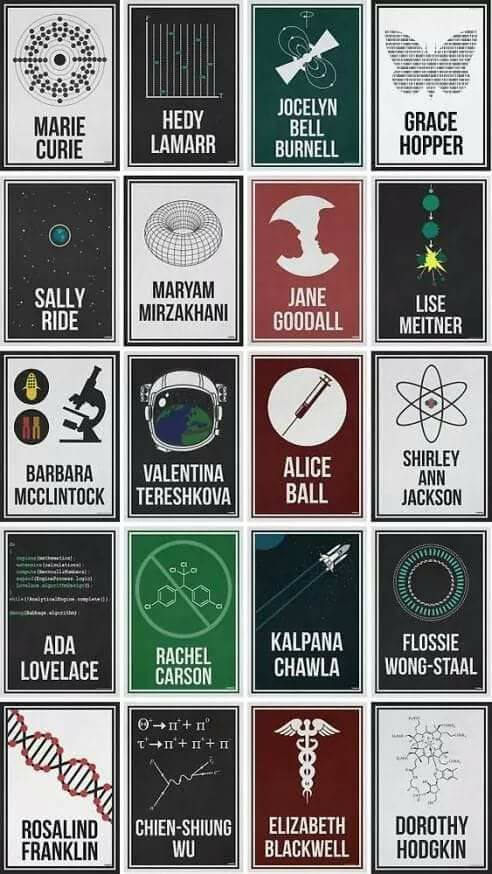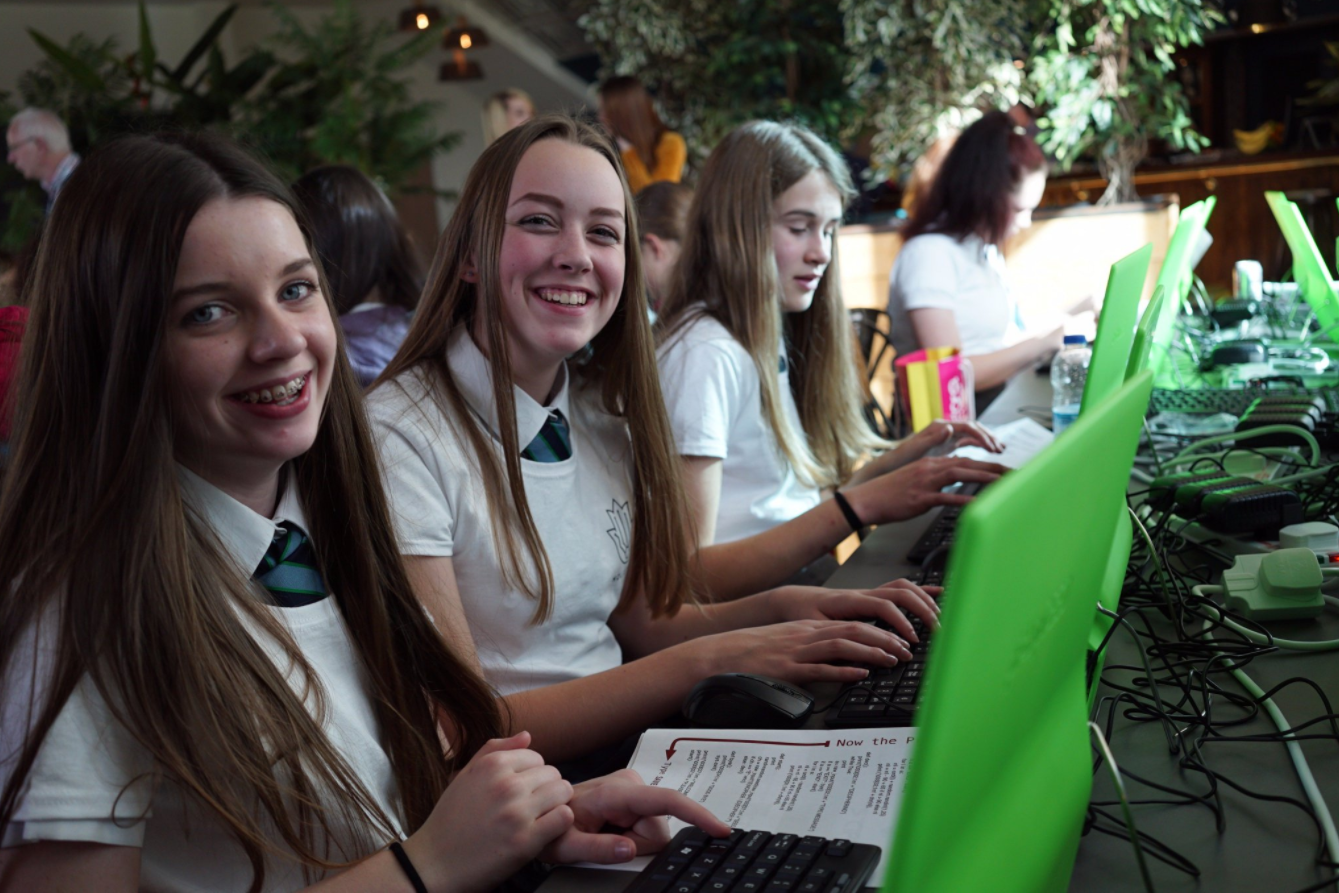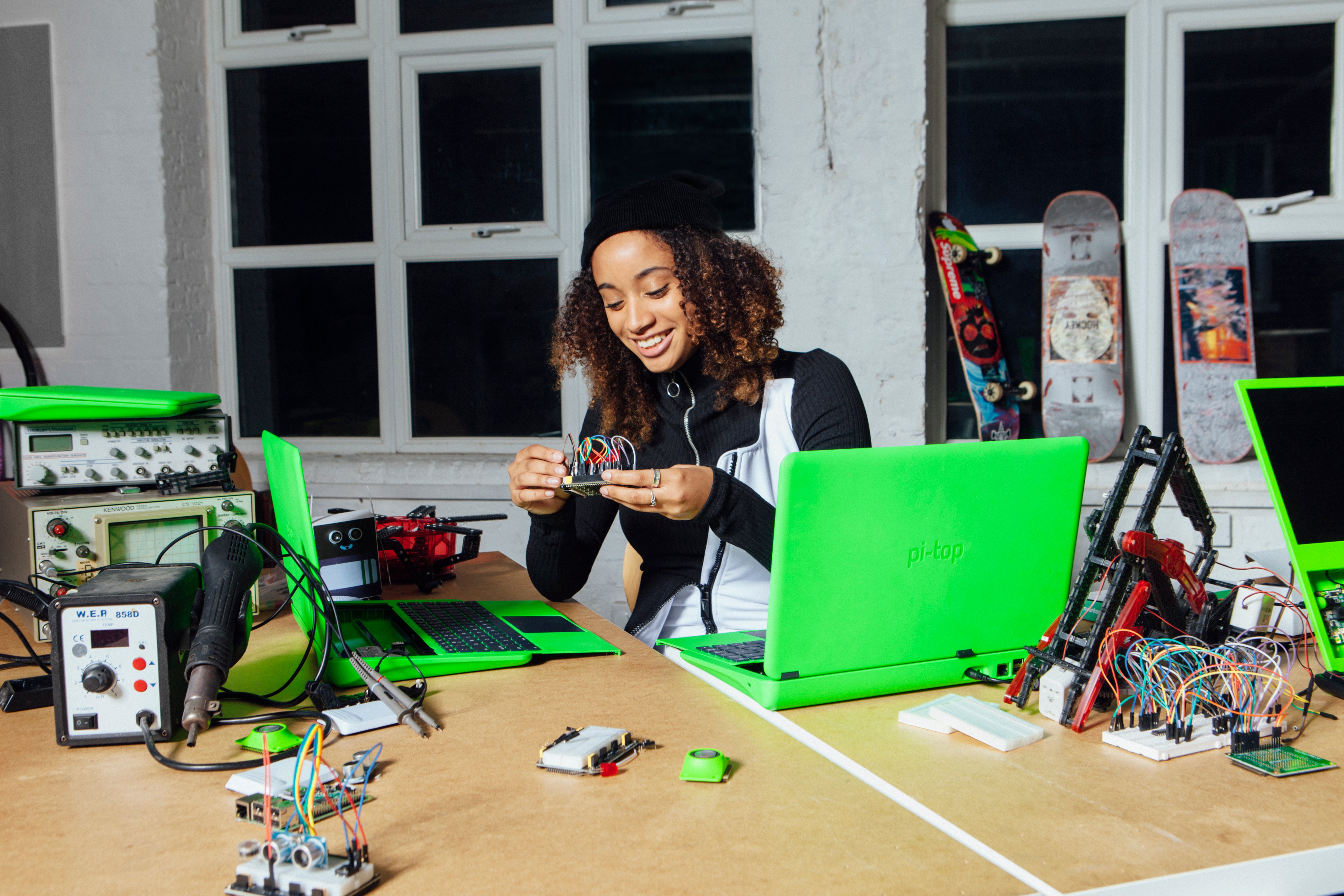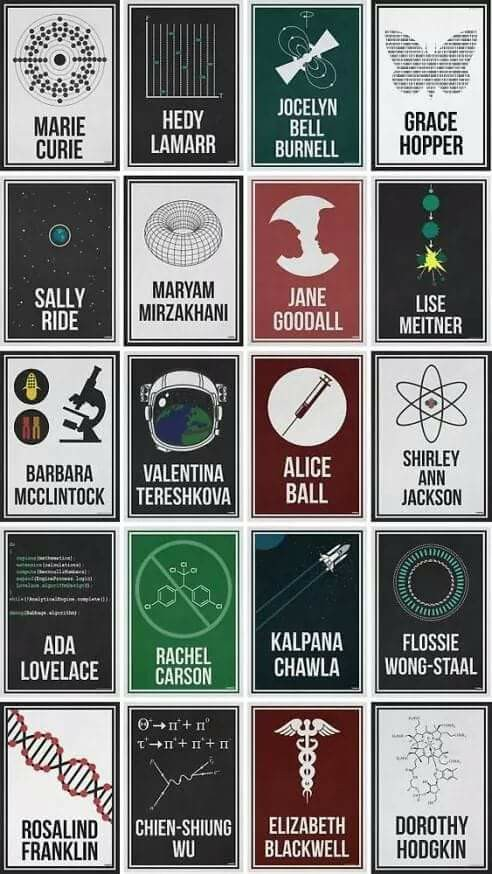One of the most inspiring days of the year for any woman who works or teaches in science, technology, engineering, arts or maths (STEAM) is International Women’s Day (IWD), which falls on Thursday 8th March.
With IWD celebrations being held across the world this week, it’s a reminder both of the huge influence that women have had in developing and promoting STEAM and Maker-based approaches to education and, in the era of #metoo and #timesup, a timely reminder of the challenges and continuing struggles that many women face, in education, in the workplace and elsewhere.
The critical relationship between the arts and traditional science, technology, engineering and maths – which transforms STEM into STEAM – cannot be overstated in our opinion, and the need for more women to teach across all STEAM subjects is more urgent than ever before.
 Illustration by
Hydrogene at Redbubble
Illustration by
Hydrogene at Redbubble
Creativity, technology and science
 Cyber Girls first event hosted by
Moneypenny in Wrexham
Cyber Girls first event hosted by
Moneypenny in Wrexham
Art and design skills are increasingly required in the digital workspace, a trend which is only set to accelerate in the coming years. Consider, for example, the growing importance of user interface (UI) and user experience (UX) design in software and application development.
Creativity, technology and science are by no means separate and exclusive fields in today’s world!
This is why it is necessary to celebrate and promote any initiative that is dedicated to encourage all women of any age to explore and teach creative technology topics. Bringing more women and more arts subjects into the teaching of project-based and collaborative STEAM education is a fundamental requirement if we are to prepare today’s children for the forthcoming ‘Fourth Industrial Revolution’.
And the more women that we see achieving success in STEAM fields, the more inspiring role models we have to inspire younger girls in the classroom that express an interest in these subjects.
The future of STEAM education is collaborative, inclusive, gender-balanced and open to any and every child with the imagination and desire to learn how to make things using new technologies. From rudimentary robots through to sophisticated electronic music synthesisers or the many as-yet unimagined inventions and innovations that the future holds, women are at the centre of the STEAM revolution in education.
What does STEAM mean to pi-top?

Finally, what does STEAM mean to the team here at pi-top? And how might teachers engage with this topic to improve outcomes in their own schools and classrooms?
Our founder and CEO Jesse Lozano was asked this very question at Bett last year, to which he responded:
“I have found the best way to describe STEAM in an academic setting is a ‘curriculum aligned set of learning' that focuses on computer science and physical computing that is 'wrapped' in biology, chemistry and physics learning.
“This links into why people should care about STEAM. We have a serious shortage of graduates going into the working market without a background in highly sought after science based, academic subjects. By including project-led STEAM learning, in say the computer science classroom, we can inject engaging content into the curricula and give young students the opportunity to get inspired by the wider world of science learning.
“By showing our students how creative they can be in a science based learning path we are more likely to increase the rate at which students go on to study STEAM based degrees at university.”
You can see more on pi-top’s unique approach to STEAM Education over on our YouTube channel.
